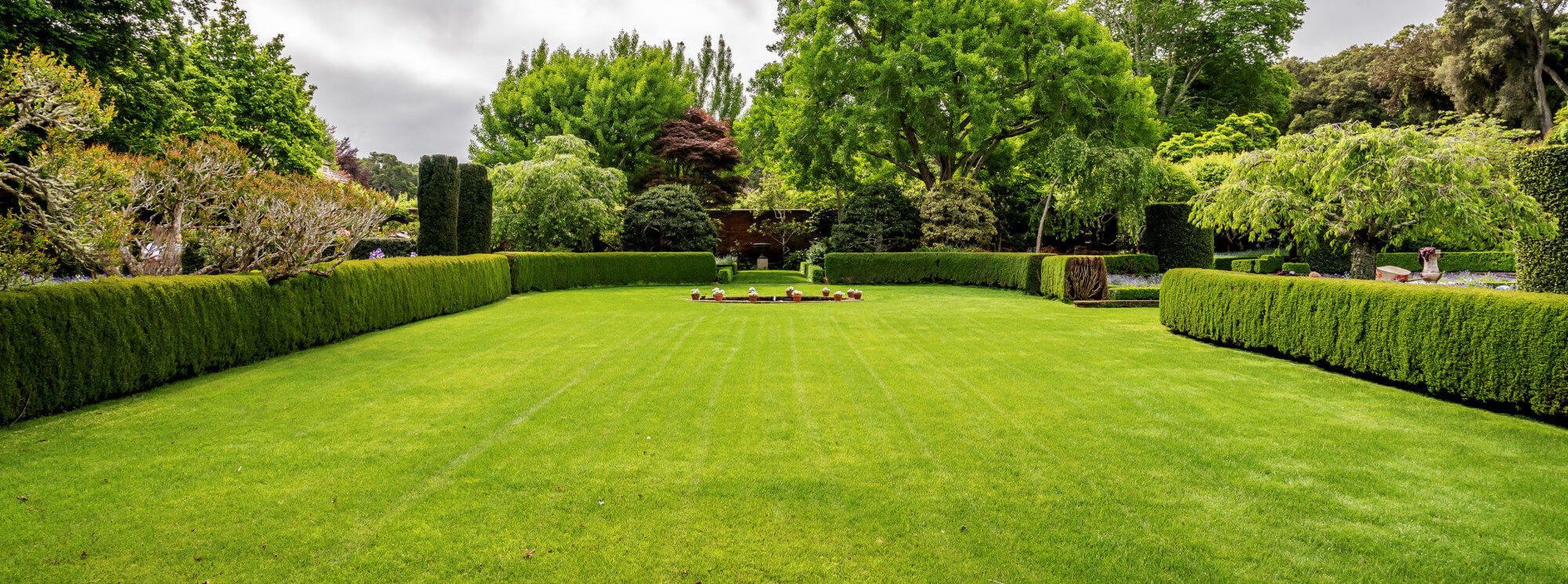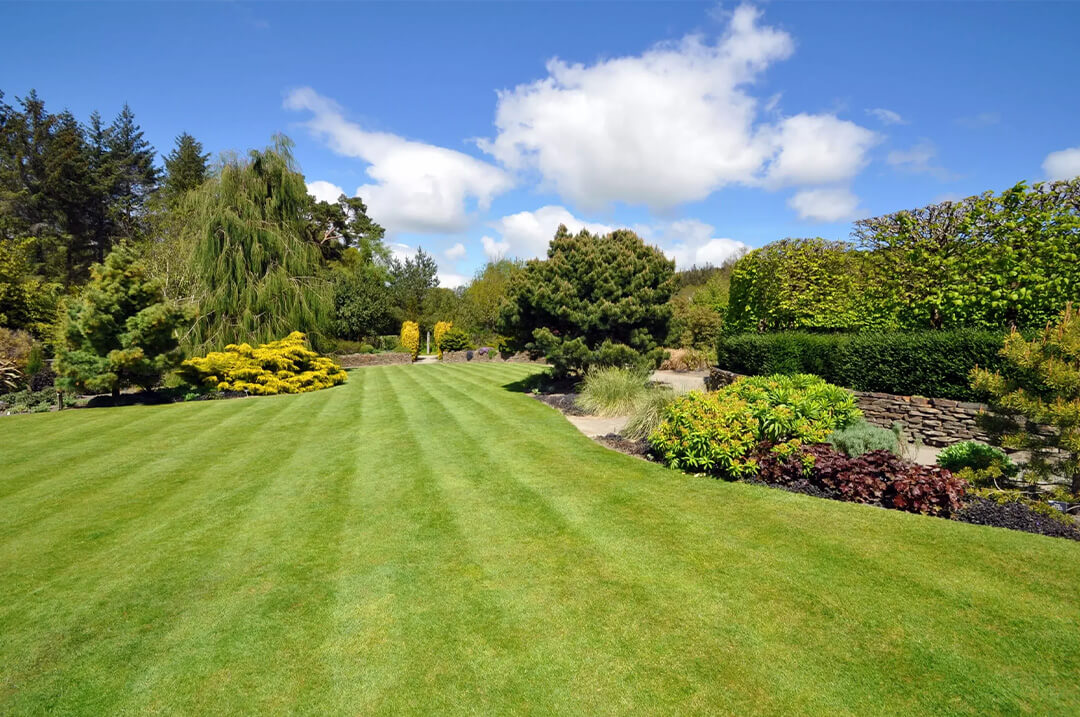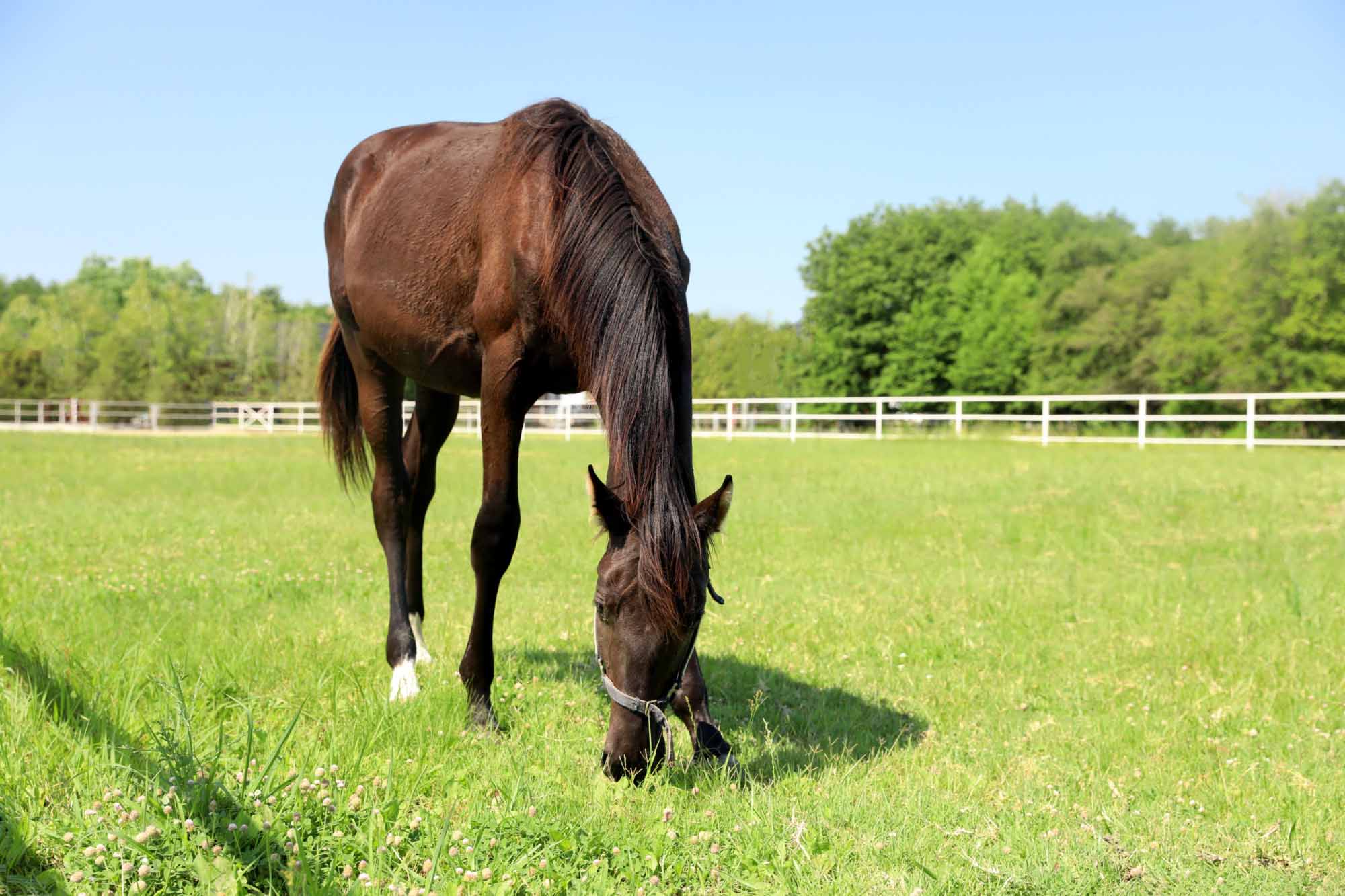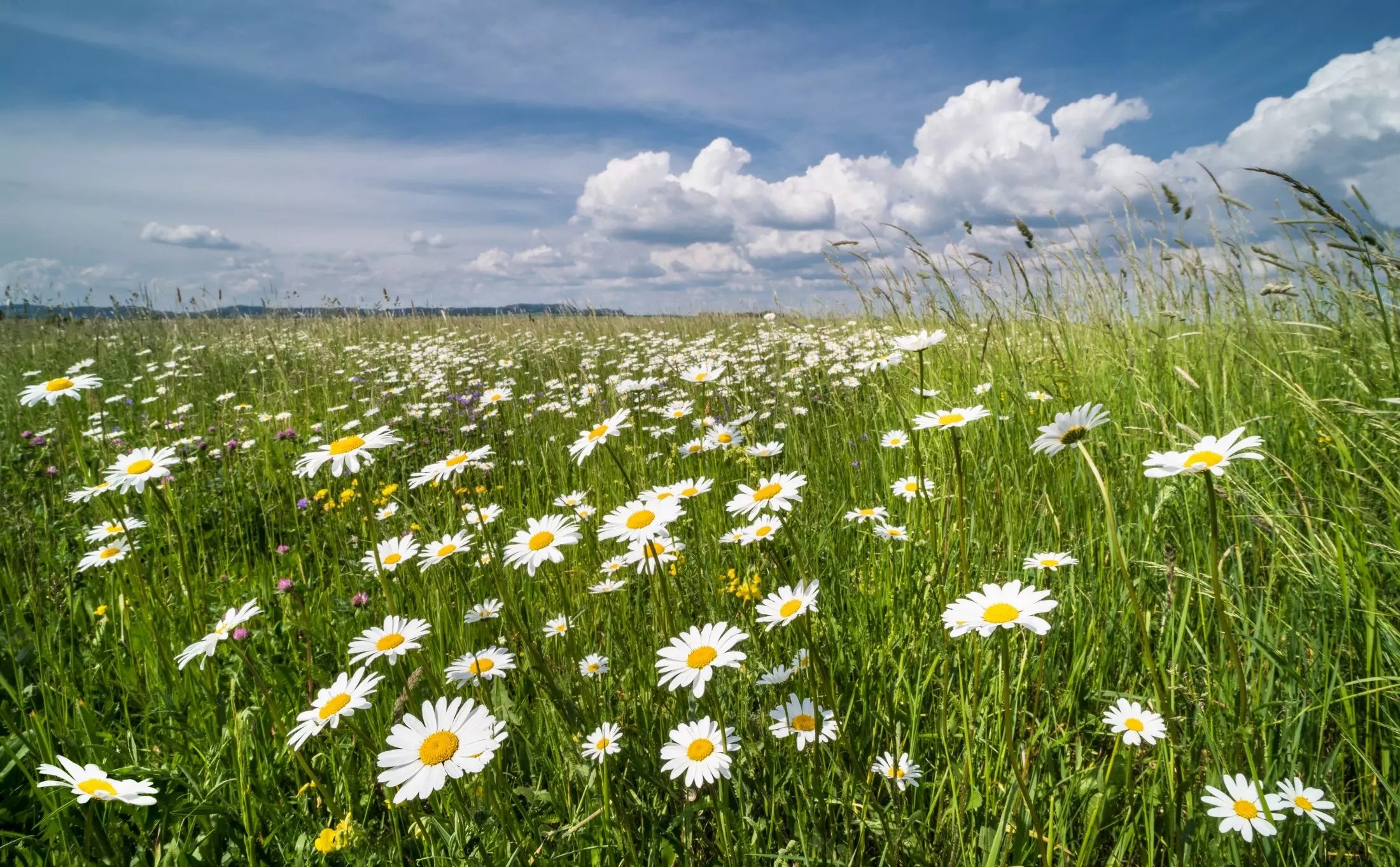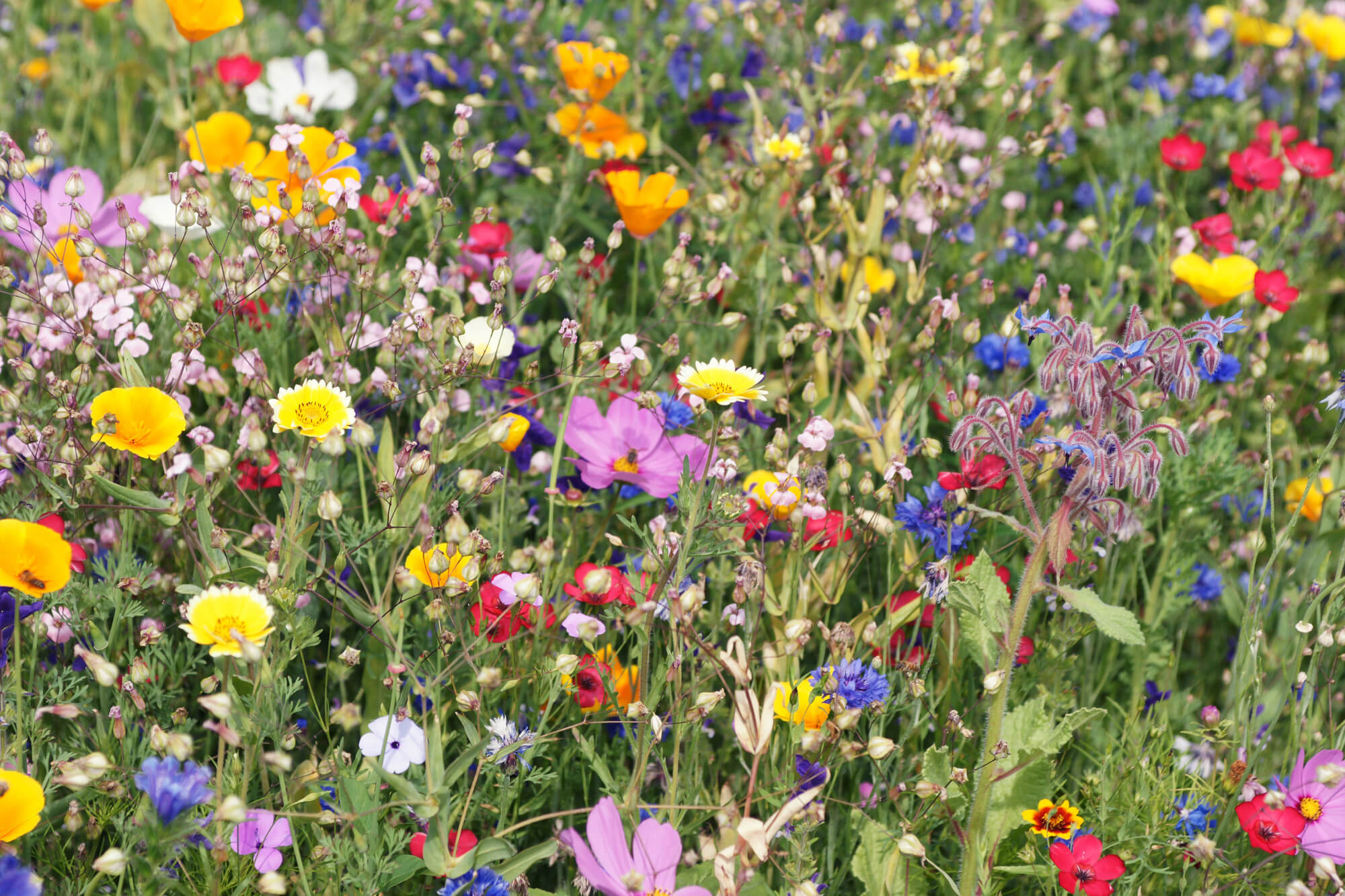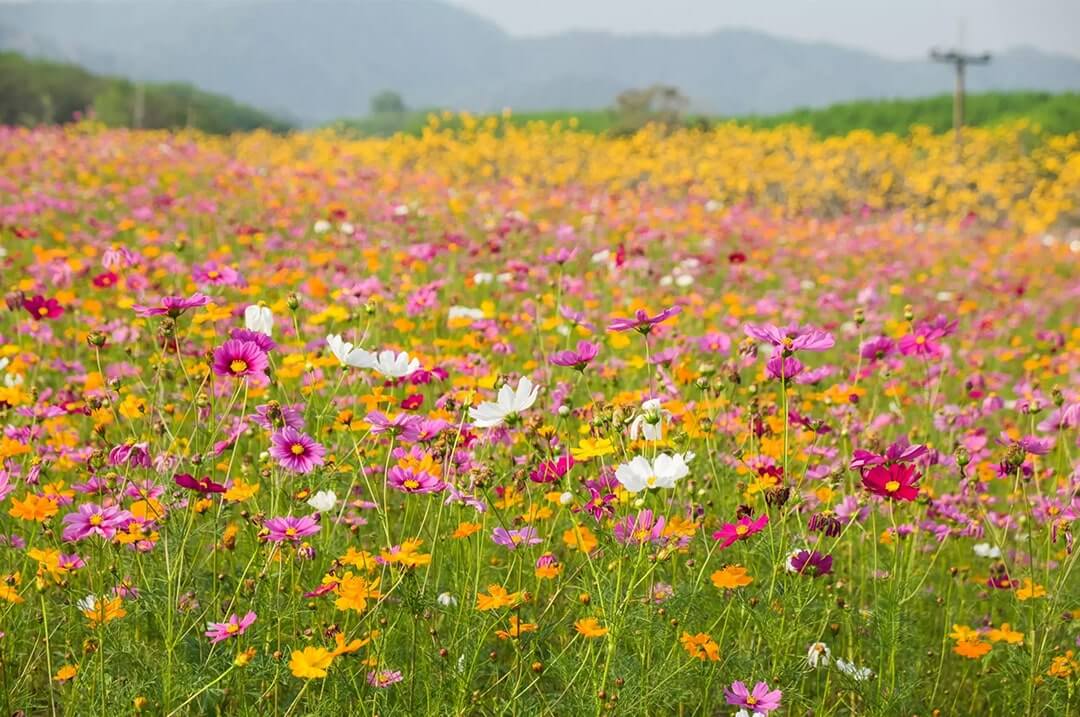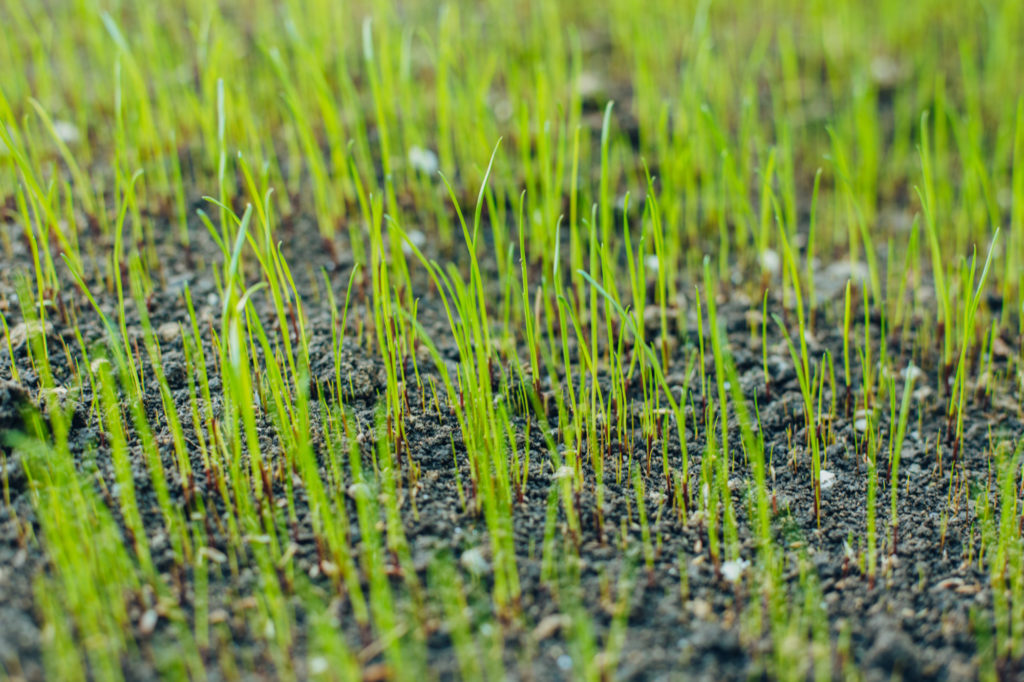Whether a groundsman or a homeowner, we all long to have the perfect lawn all year round. While this may seem like it might be a long, arduous process, it can be much more straightforward, by simply taking the right steps at the right time.
In this article, we’ve created a twelve-month lawn care calendar, so you can keep up with everything you need to do to keep your lawn in top condition.
January
While the weather is still damp and there are signs of the occasional frost, ensure that you’re not walking over the lawn too often. Doing so during wet or frosty weather can cause compaction, preventing drainage, allowing the frost into grass blades, which causes brown scorching.
For now, don’t worry too much if you see rainwater pools on the surface – once the spring comes around you can spike the lawn to reduce compaction.
Since there’s not much to do in the garden around this time of year, it’s a good idea to get into the shed or greenhouse to ensure all of your tools are in good working order in time for spring.
February
Once the weather starts to get a bit warmer and the rain eases off, it’s a good idea to take a walk over the lawn to see what kind of condition the ground is in. If it feels spongy and soft, then you’ve probably got moss or thatch, which will need to be dealt with during spring to promote grass growth and soil diversity.
Take a close look at the blades of grass on your lawn, is there a variety of shapes and sizes? If that’s the case, there’s a good chance you’ve got weed growth too, which if left unchecked will pilfer vital moisture and nutrients from the grass and eventually smother it. To fix this, you’ll need to wait until April, and then start to apply a herbicide that will target weeds as they begin to grow again. Be sure only to use a selective weed killer, otherwise you may end up killing the grass too.
March
Although we’ll start to see some warmer days in March, it’s important not to start applying any product yet, as wintery days are more than possible. Although colder temperatures will prevent the growth of the weeds, it will also stop the grass growing, and all the products you’ve applied may be washed away by the rain.
April
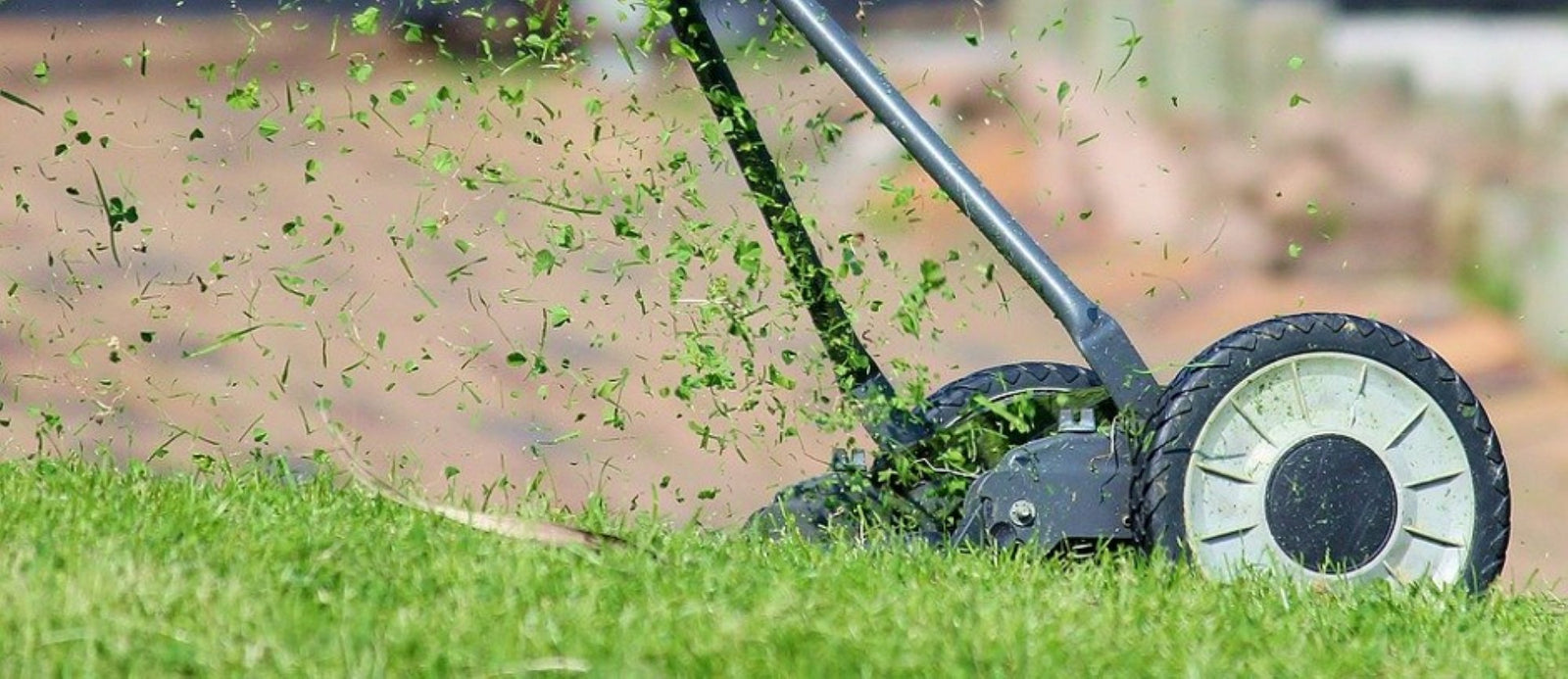
April is a crucial month in the calendar. Now that the temperature has started to rise, and the risk of frost has significantly decreased, it’s time to begin your lawn feeding schedule.
It’s also time to start applying your treatment for the weeds and moss, as these will be starting to grow now, and will need to be removed whether you choose to use a product or simply dig them up yourself.
If you use a product, it’s essential to wait until moss has gone black before you begin to rake it out and leave the grass to tiller and fill any of the gaps left behind. If you’ve been left with any thin patches, you can sow some grass seed in its place.
When preparing the area you intend to sow grass seed, you may discover seeds from weeds start to germinate too, making your lawn look untidy. Most of these weeds are annual weeds though, and with regular mowing they’ll eventually die; although the persistent perennial weeds will need to be treated by either removing them at the root or with a carefully selected weed killer when the newly sown seeds are more than eight weeks old.
It’s essential not to rake the lawn before you’ve attended to your moss problem, as this will transport spores across the lawn and encourage further growth in other areas. Once this has been dealt with, you can rake and then spike the ground to promote aeration and relieve area compaction.
If you notice worm casts across the surface of your lawn, be sure to brush them off the surface before you begin to mow, as soil can blunt your blades. The grass will probably have grown by the time you come to cut it, and it’s worth remembering that all-purpose lawns, which need to stand up to frequent footfall, should be cut down to a height of 3cm or so, whereas ornamental lawns can be taken down to 2cm.
If you’ve applied new grass seed, you need to keep the area consistently moist to ensure it can germinate and produce a healthy root.
When it comes to mowing these new swards for the first time, you need to ensure your mower blades are sharp, as blunt blades will squash the blades and potentially pull them out of the ground.
May
Throughout May, it’s important to continue to mow as and when necessary, while also using a pair of long-handled shears to keep the edges neat and tidy.
You should continue with your feeding regiment while taking care of any surviving or newly formed weeds that you may find on the way.
Remember though, the areas which have had recent sowing will need to mature so don’t be tempted to feed or treat weeds in that area just yet.
June
If you’re regularly mowing the lawn through summer, you’ll need to adjust the height of your blades to about 2.5cm on everyday lawns and 1.2cm for ornamental ones.
If there’s a chance of an extended period of hot and dry weather on the horizon, raise the cutting further still to stop the base of the lawn getting scorched by the sun. It is also not recommended that you continue feed applications during this time of year, as the grass isn’t growing as fast and may get scorched otherwise.
It’s crucial to continue watering the new grass during this time, but the well-established parts of the lawn are very hardy and resilient to drought, so it’s not essential that you water these parts. However, if you have to water it, ensure that you leave a hose or sprinkler on for at least an hour to allow the moisture to penetrate the soil. You could also spike the lawn to help this process along if you want to.
If the weather is warm, ensure you water early in the morning or late at night to prevent the sun extracting all the moisture.
July
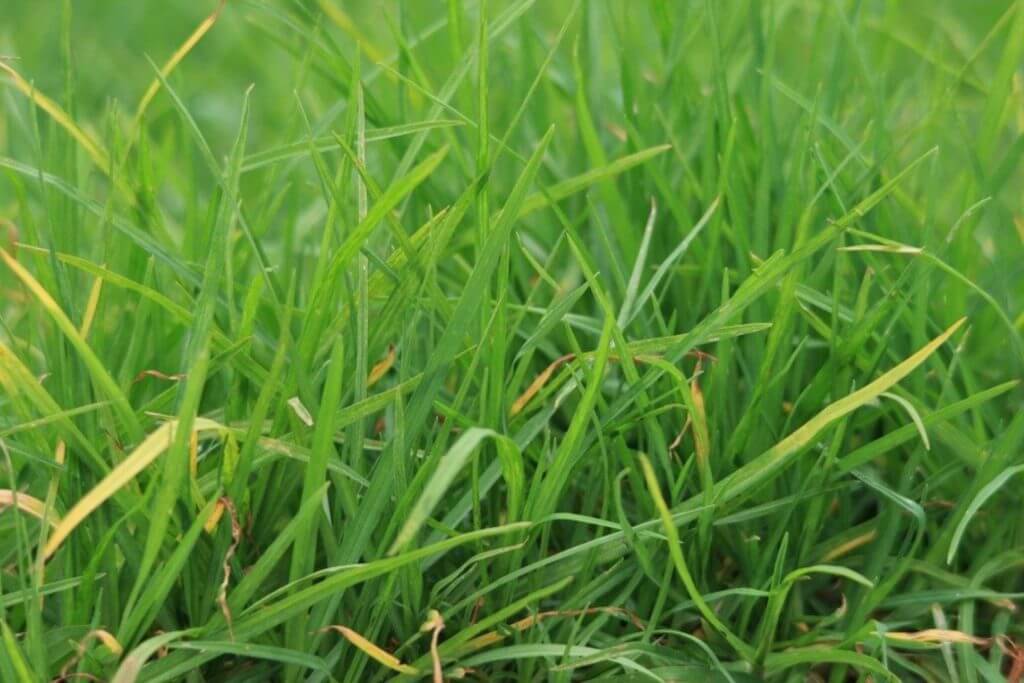
If moss and weeds are still a problem, now is an excellent time to apply a second treatment, to prevent further growth.
If you go on holiday and return to long grass, don’t cut it down all at once. Instead, tackle it in stages over the course of a week or two to prevent the base of the grass scorching.
August
August is an excellent time to make a point of looking for any patchy areas, which you can get stuck into in September.
The best thing to do in August is to sit down and enjoy your garden. The cold, dark nights will begin to draw in over the next few months, so sit and relax in the garden while you can.
September
Seed any of the bare spots that you identified in August. Firstly, use a garden fork to spike the surface and then carefully split the soil to ease compaction. It’s best to do this when it’s dry as the ground will crumble. Rake the soil to a tilth, sow your seeds, then rake over the surface again and apply a generous amount of water and keep moist until the seeds establish.
You can continue to mow the lawn into September, but it’s best to raise the height to about 3cm. It’s also important to apply an Autumn feed to fortify the grass for winter and kill off any lingering moss, which, again, should only be raked out once it turns black.
October
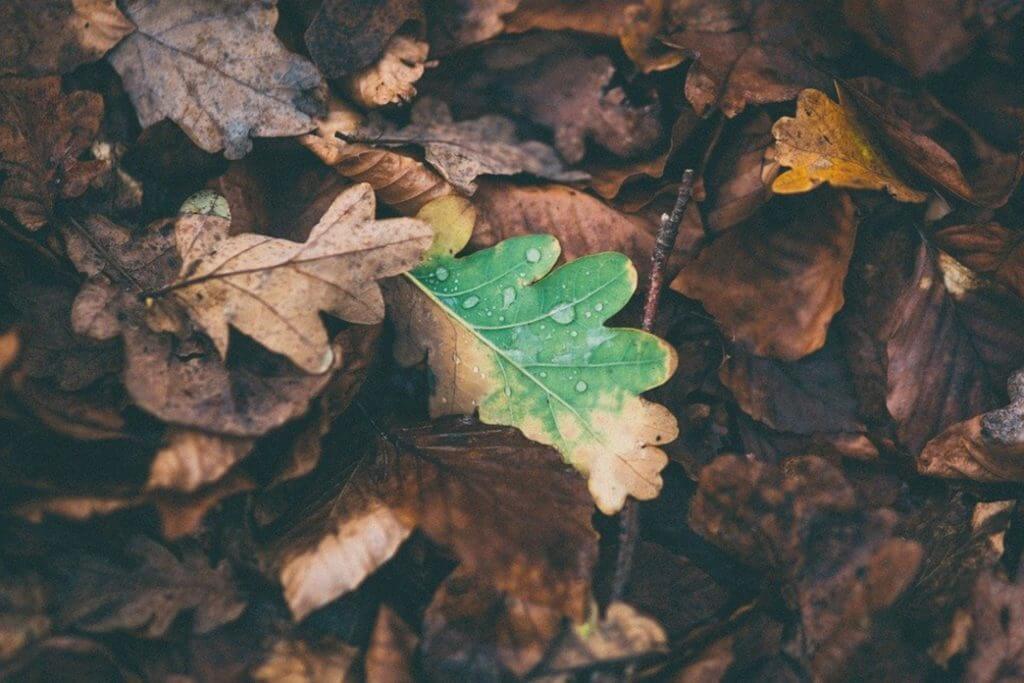
Ensure that you’re consistently removing debris, such as leaves and fruit, which drop from the trees, as this will prevent the grass from picking up any diseases, and they can be thrown into your compost bin if you have one.
November
During November, it’s important to feed the lawn if you’ve not done so already to ensure it’s further protected from colder temperatures.
If the weather is still mild and you need to mow once more before winter, then now is the time to do it, as allowing the grass to grow too long will produce sparse patches and encourage disease to develop.
December
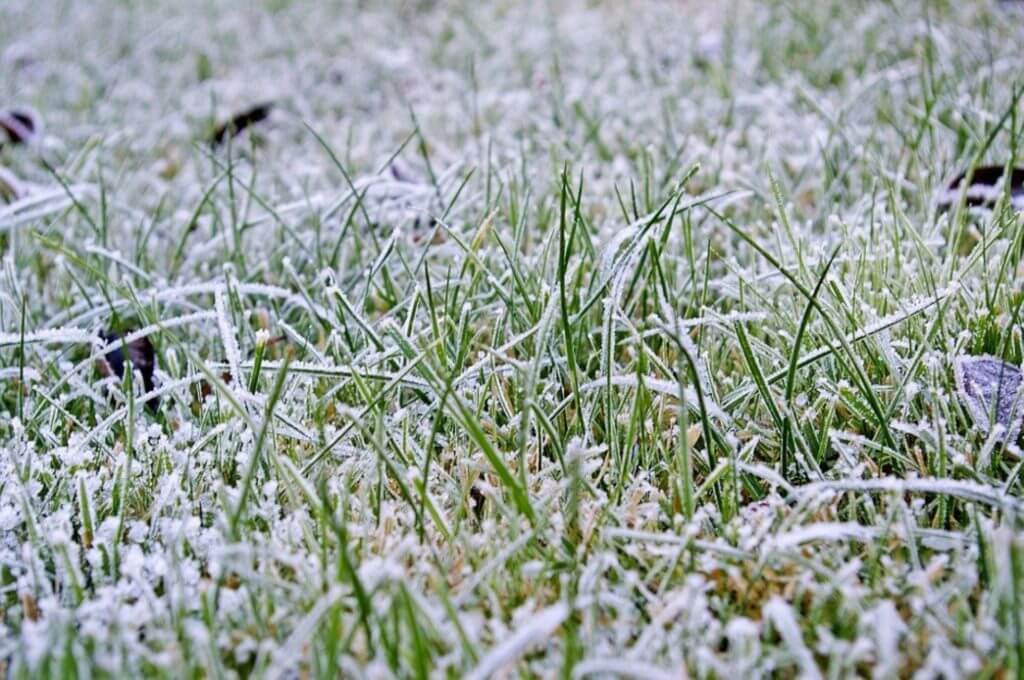
Similar to January, keep off the grass if it is frosty or waterlogged to prevent damaging the lawn.
If you have any questions about anything we’ve covered in this piece, or you’d like to learn more about our product range, why not contact us today to find out more?
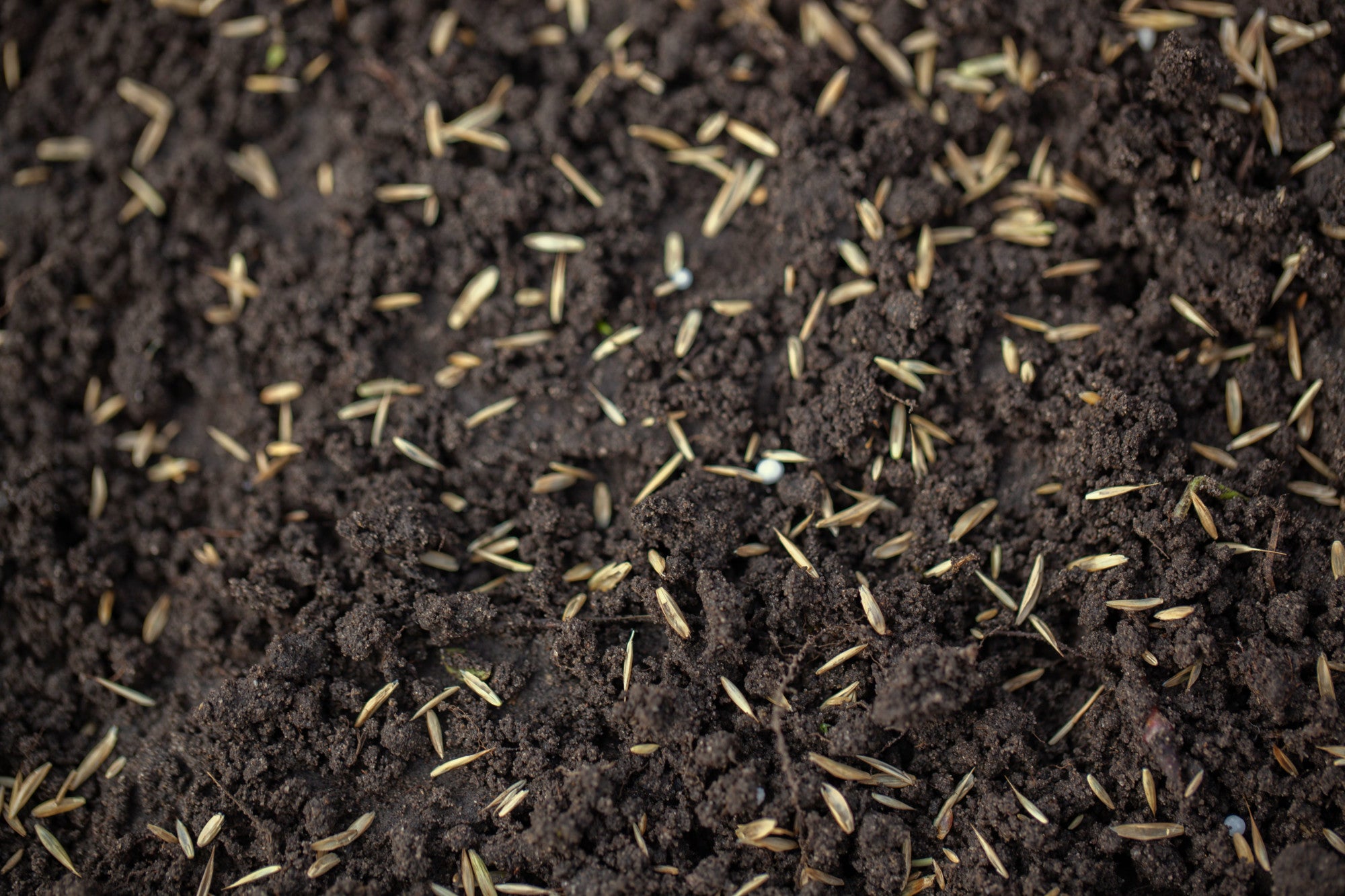
Our grasses are tried, tested and proven
We have a close and longstanding relationship with experienced seed growing specialists
Help & Advice
Find out more about how we can help you at Grass Seed Online, we offer lots of useful information and resources, so check them out today.




